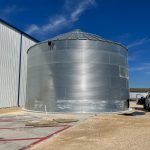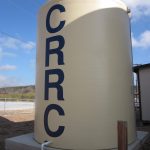There are so many different ways you can use harvested rainwater.
The most common use of harvested rainwater is landscape irrigation, but it can also be used for watering indoor plants, washing equipment, filling fountains and swimming pools. One can even use collected rainwater as the whole house source of water.
Harvested rainwater may be used to supply any use of water where municipal water is being used. It can be used simply for irrigation use and other non-potable uses in and around a building. When being used for potable purposes, one would need to filter the water through methods designed to eliminate any bacteria.
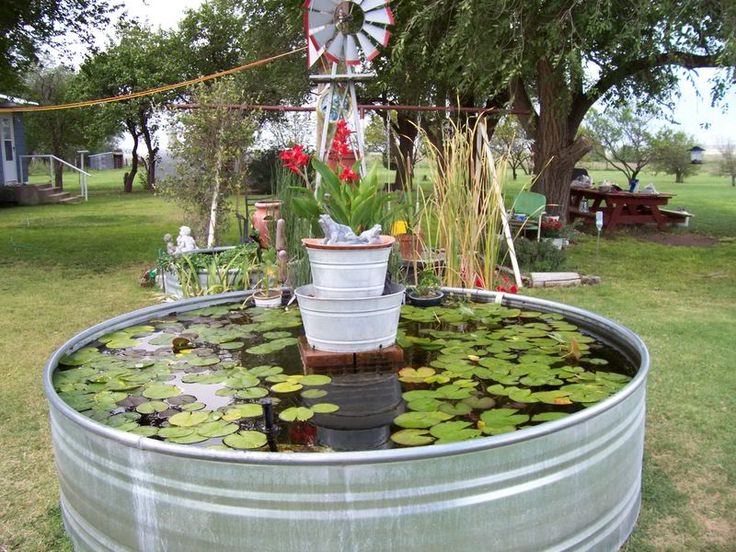
In a residential setting the collected water can be used to hand water, used with a drip sprinkler or even connected to an irrigation system. Many rainwater consumers use the collected water to fill their pools and outdoor water features. Bird baths are a great opportunity to help local wildlife stay hydrated, bees and other pollinators can benefit from placing some stones or rocks in the basin so the have a resting place to drink from. You can also use recycled rainwater for troughs or other containers for wildlife to visit. Rainwater is also typically safe for pets or livestock to drink or wash in, especially if you have a method to collect clean rainwater directly.
Indoors the water can be used for washing dishes, hands, flushing toilets (keep a bucket of collected water near the tank to use for flushing.) When you need to flush, pour the rainwater straight into the bowl of the toilet. This will automatically flush your toilet. Make sure your bucket can hold the amount of your toilet’s tank. For instance, if you have a toilet with a 6 gallon (22.7 liter) tank, use at least a 6 gallon bucket of water. Washing clothes accounts for about 22 percent of indoor water use in the United States. Showers take 17 percent, and baths 2 percent.
If you used harvested rainwater for all of these, you could reduce your municipal water use by over 40 percent. Depending on how clean you want your washing water, you could use either treated or untreated rainwater.
The collected water can even be used as a whole house water source if the water is treated and processed through proper filtration.
The most common filtration method utilizes sediment and carbon filters and a UV bulb to eliminate bacteria and other contaminants. If used indoors one could reduce municipal water use 100 percent with treated water!
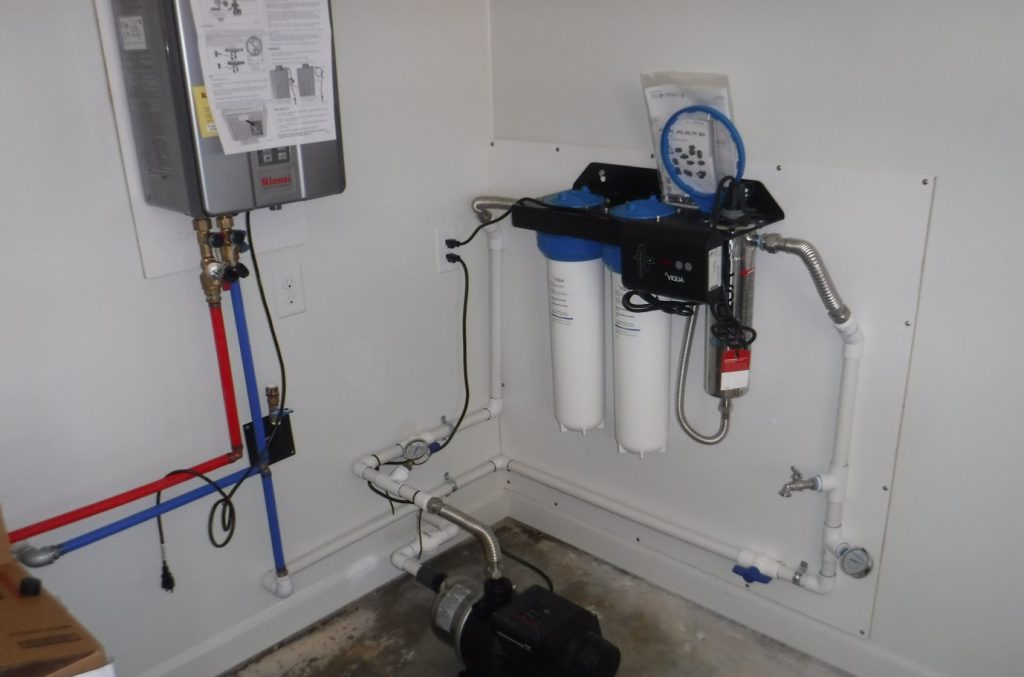
A school setting is a wonderful place to harvest rainwater as well. Not only does it teach students the benefits of water conservation, but the harvested water can be used in a garden that demonstrates the process of growing ones own food. The students can be involved in the maintenance of the system, learning valuable skills beyond the classroom setting.
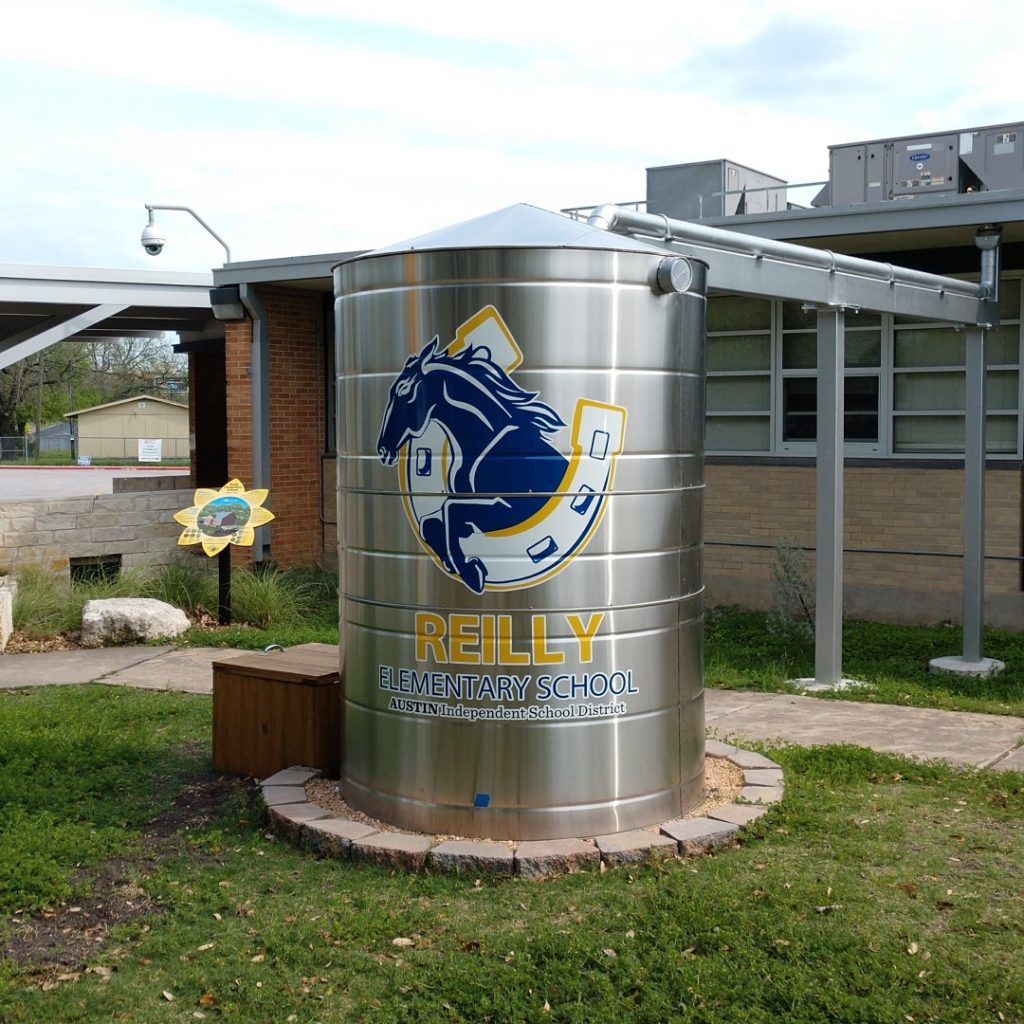
Commercial buildings can also benefit from using collected rainwater. An office could use the water in the same way as a residential setting. They can provide water for washing hands, mopping water, flushing toilets, washing vehicles or wherever non-potable water is needed. Industrial buildings can use the water for manufacturing uses when filtered properly. This saves costs and can provide an opportunity for profit growth.
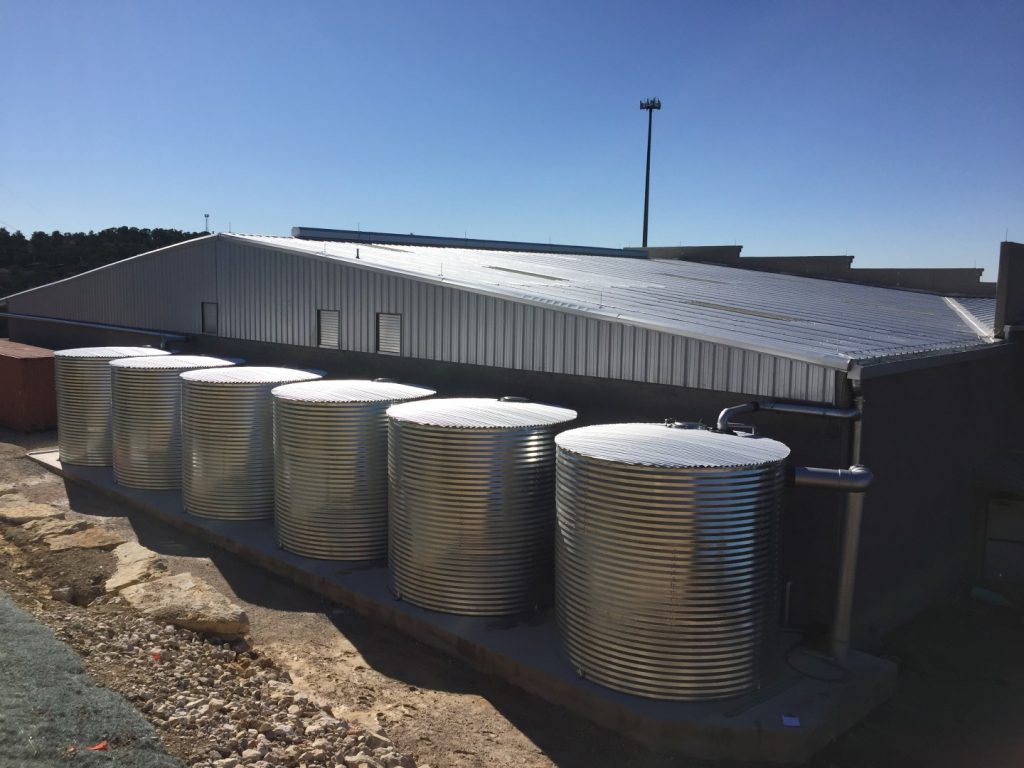
In a farm or ranch setting the opportunity for harvesting water is great. Not only is the surface area to capture water from typically larger, but the application uses are vast. The water can be used to water livestock, crops and land. The water can even be used to wash the crops that are grown. Compost is an area that can be neglected with water, however it is important to water ones compost as one waters the land. Rainwater is an excellent source of water for compost. Many farms have a stock pond that the water could help fill. Collected water can be stored long term, making it a solid investment for any farm or ranch.
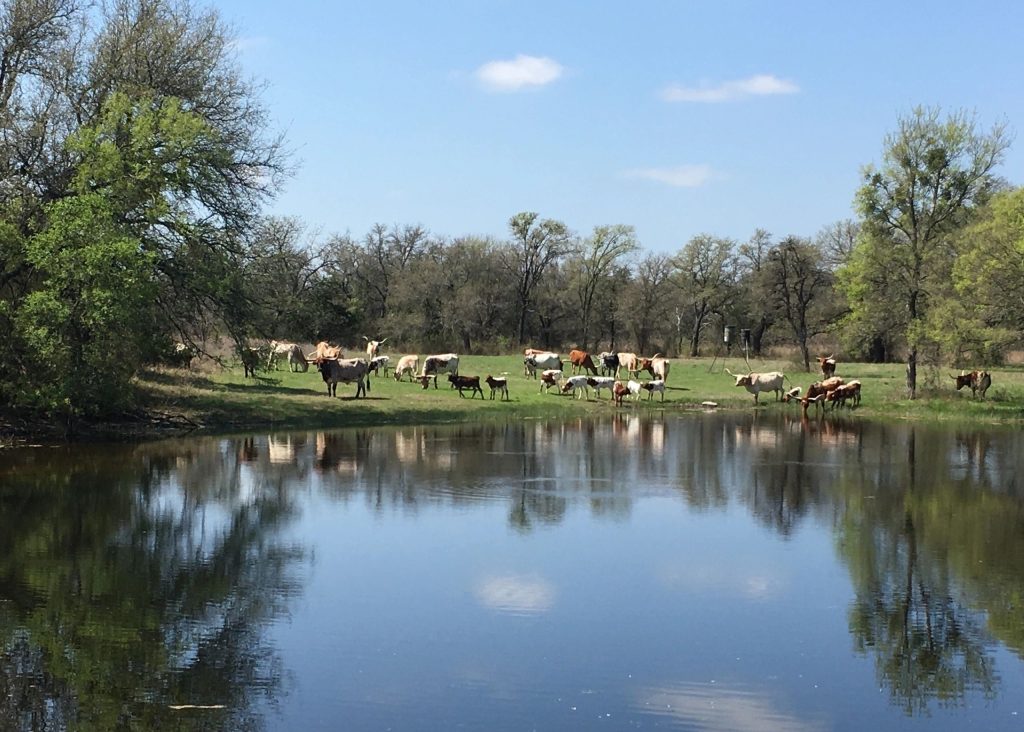
There is a large market for rainwater collection as a source of fire protection. There are many rural areas where the municipal water supply does not reach, home owners or business owners must rely on rainwater collection to fill a tank in case of a fire. This tank would allow the local fire fighters to connect their truck to the tank and then use the water inside the tank as a method to fight the fire. The water can even be connected to a indoor sprinkler system as added protection. Local fire Marshalls have varying requirements, so it is recommended to work with a fire protection engineer in designing these systems.
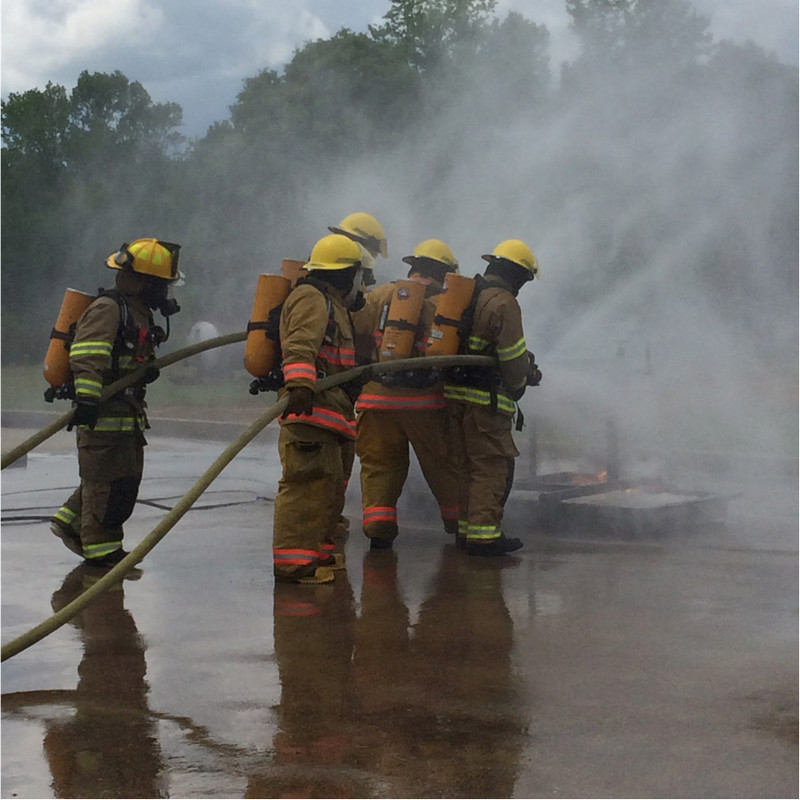
Rainwater harvesting has so much potential. Whether you are collecting 250 gallons to water your flower bed, 40,000 gallons to supply your whole house or even hundreds of thousands for manufacturing use, rainwater is a valuable tool. Each method of application will require a different approach and use varied materials/pump models, so be sure to work with a trusted rainwater expert to help create your vision.


